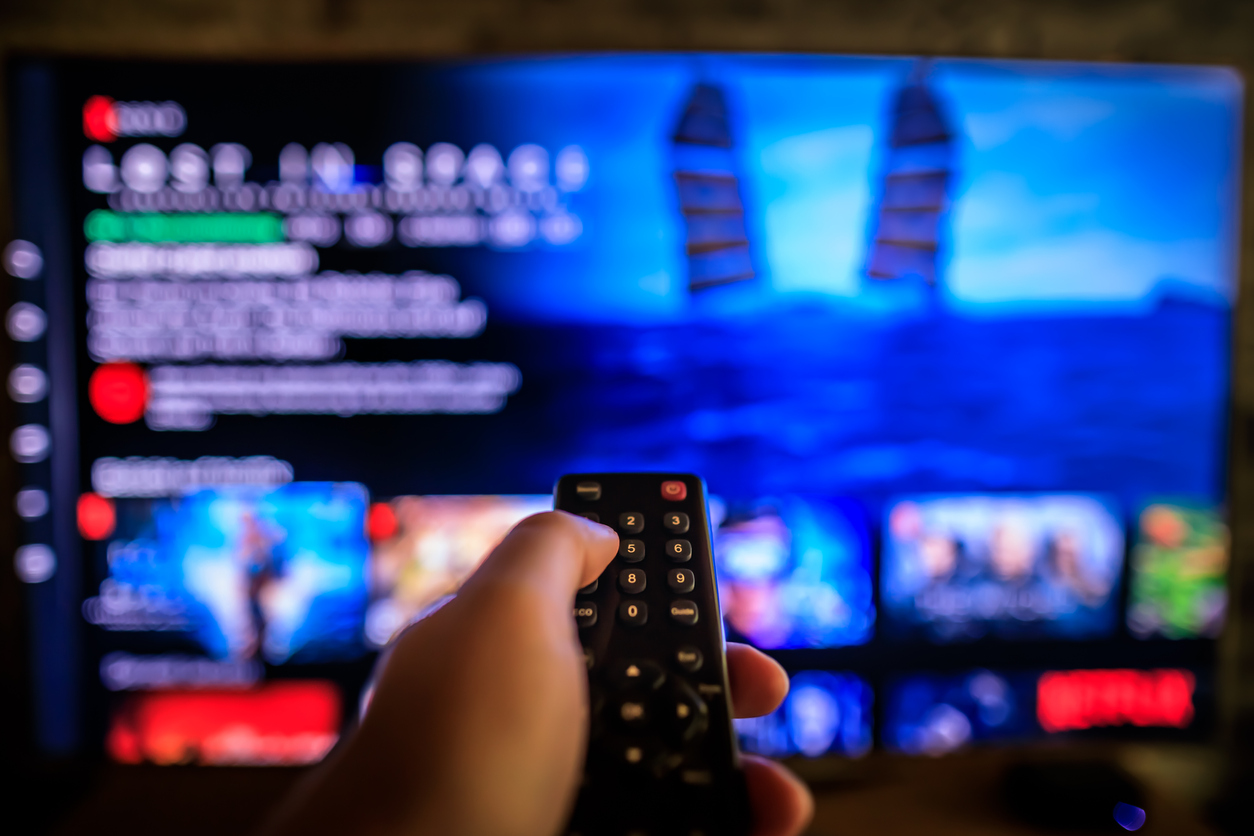
The launch of ad-supported tiers and price hikes by streaming services have prompted much discussion about the impact of ad-supported streaming services on the most expensive SVOD services, with some analysts fearing that consumers would simply downgrade from the more expensive ad free services.
New data from Samba TV and HarrisX suggests, however, that some of those fears are overblown. Their new survey indicates that many of the subscribers to ad-supported tiers are in fact new customers and that major SVOD services still have some room to maneuver in terms of price hikes.
It also found that consumers were willing to tolerate ads in streaming services but dislike the heavy ad loads often found on cable and broadcast linear TV, a result that indicates that FAST channels with lots of ads may struggle.
“Last year the streaming industry’s focus was subscriber growth, but we can expect the rest of 2023 to focus on the ad-supported tier,” explained Ashwin Navin, co-founder and CEO of Samba TV. “Our data tells us that ad-supported options represent a path toward more subscriber growth and the overwhelming majority are net-new, rather than downgrading from existing Netflix plans. With more audiences flocking to ad-supported options and billions of impressions available every day, advertising dollars are primed to flow into new offerings that can prove incrementality with an equally devastating spiral for linear services that are saturating audiences with redundant, high-frequency ad exposure.”
These trends are important for the industry, which is hoping to turn streaming losses into profits by adding a new revenue stream from advertising and by increasing prices for subscription services.
According to a new data analysis from Samba TV and HarrisX, the majority of ad-supported subscribers are first-time customers, rather than downgrading from existing plans. The survey conducted by Samba TV and HarrisX found that 11% of Netflix subscribers and 19% of Disney+ subscribers have ad-supported plans. The majority of these subscribers signed up after the ad-supported tier was introduced, indicating strong interest in ad-supported options.
Of the 11% of Netflix subscribers who have the Netflix basic with ads plan, only 15% downgraded from a previous Netflix subscription, the researchers report. The remaining 85% signed up after the ad-supported tier was introduced.
Of the 19% of Disney+ subscribers who have the Disney+ basic with ads plan, only 15% downgraded from a previous Disney+ subscription. The remaining 85% signed up after the ad-supported tier was introduced, the survey found.
The survey also found that consumers are in general terms willing to tolerate ads, with 60% of streamers saying they would consider subscribing to a discounted streaming service if it meant watching advertisements.
But consumers remain wary heavy ad loads often found on cable and broadcast channels. About 42% of streamers would prefer ads to take place towards the beginning of a show/movie; 19% would prefer the middle of the program; only 16% would choose to have ads towards the end of what they are watching; only 23% would select a mix of all three.
Half would be fine with seeing 2 or 3 ads while watching an episode or movie; 19% said no ads while 26% said they would be ok with 1; only 6% are ok with 4 or more ads.
For those with a subscription that shows advertising, 22% rate the ads as highly disruptive and 18% as minimally disruptive. 60% said they were about the same as any other programming where ads are included. Males (25%), Gen Z (28%), and Millennials (33%) were most likely to view ads as highly disruptive.
Consumers also complained about the ad experience. About half (48%) of those with ad-supported streaming see repetitive ads, while 46% see a variety. Females and older respondents are more likely to say they see repetitive ads.
The survey also found that consumers may tolerate additional price-hikes from ad-free services.
About half (52%) of Disney+ subscribers would keep their subscription as is if the price went up; 16% would cancel; 18% would switch to a cheaper tier with ads; and 14% are unsure.
A hefty 55% of Netflix subscribers said they would keep their subscription as is if the price went up; 12% would cancel; 19% would switch to a cheaper tier with ads; and 14% are unsure.
This survey was conducted online within the United States from March 23-27, 2023 among 2,506 adults in the United States by HarrisX. The sampling margin of error of this poll is plus or minus 2.0 percentage points. The results reflect a nationally representative sample of U.S. adults. Results were weighted for age by gender, region, race/ethnicity, income, mobile carrier, streaming subscriptions, and party ID where necessary to align them with their actual proportions in the population.



!["[T]he First and Fifth Amendments Require ICE to Provide Information About the Whereabouts of a Detained Person"](https://images.inkl.com/s3/publisher/cover/212/reason-cover.png?w=600)



